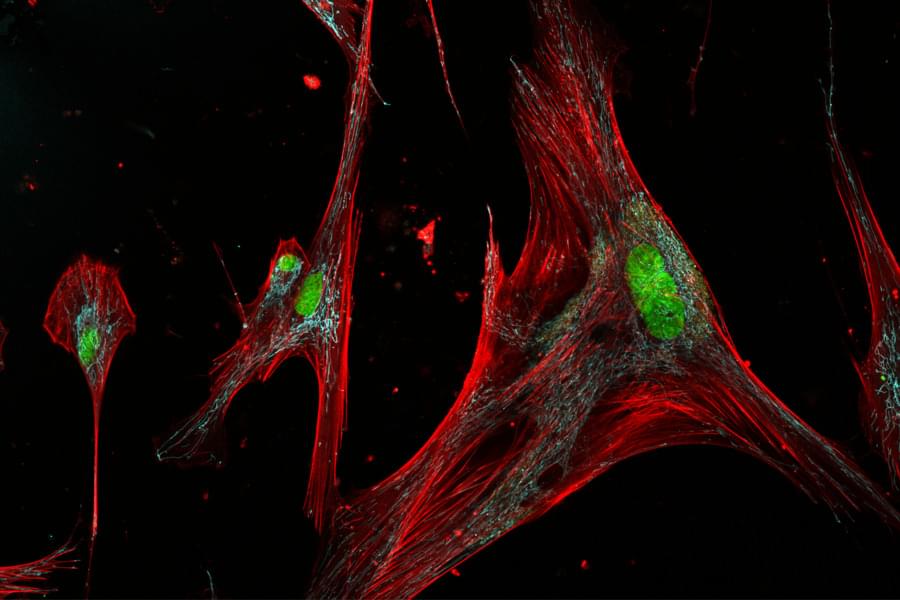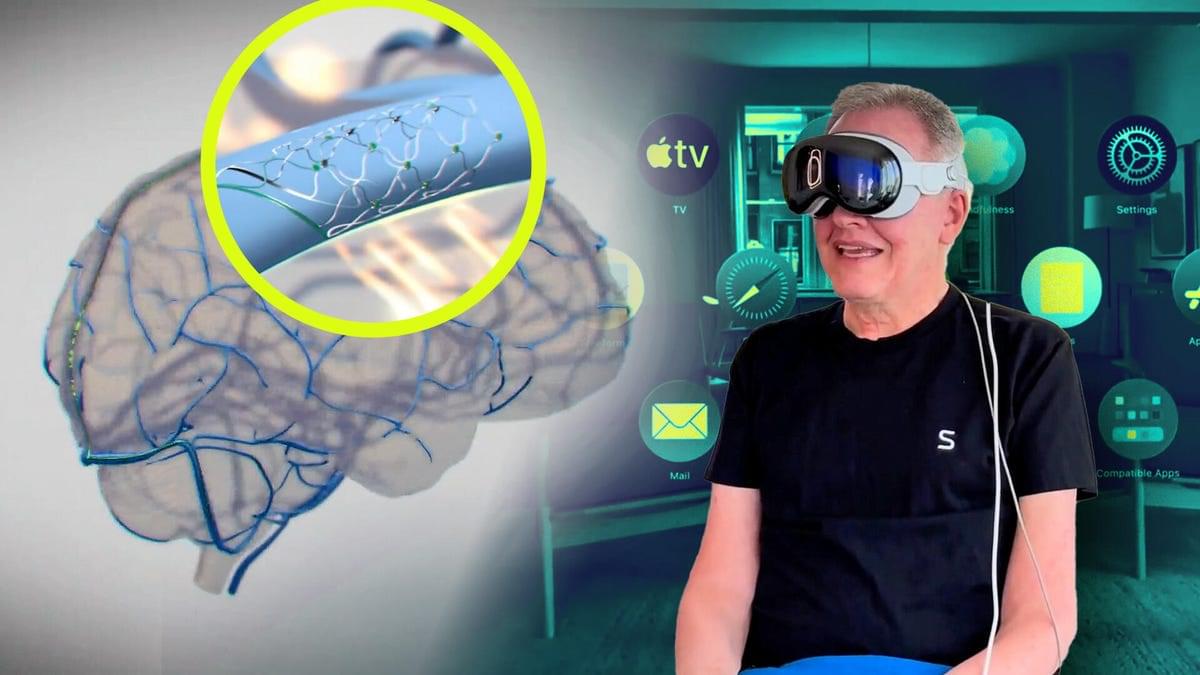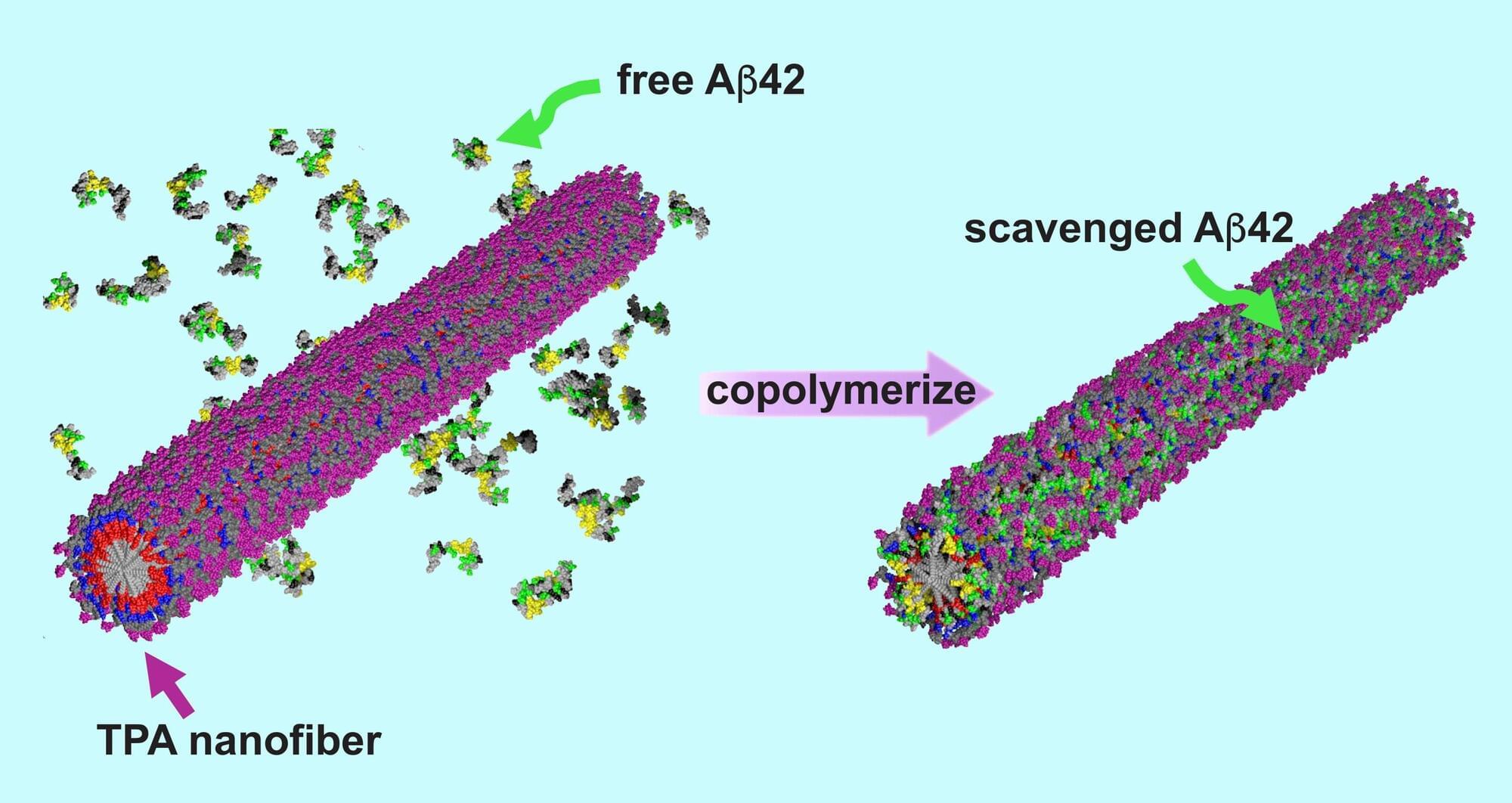Researchers identified three types of zombie skin cells; only one gets worse with age. Researchers have identified three subtypes of senescent skin cells with distinct shapes, biomarkers, and functions – an advance that could equip scientists with the ability to target and kill the harmful types while leaving the helpful ones intact.
Senescent skin cells, often referred to as zombie cells because they have outlived their usefulness without ever quite dying, have existed in the human body as a seeming paradox, causing inflammation and promoting diseases while also helping the immune system to heal wounds.
New findings may explain why: Not all senescent skin cells are the same. They were published today in the journal Science Advances.






